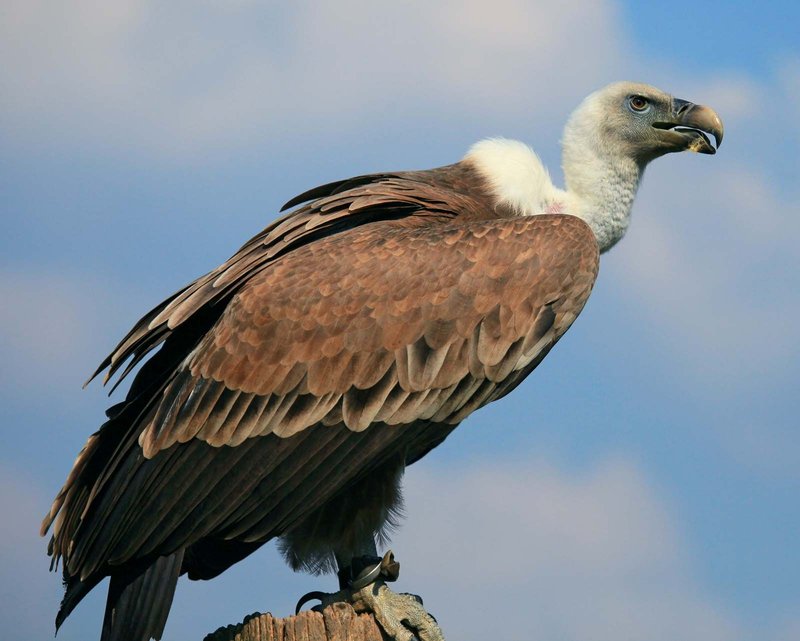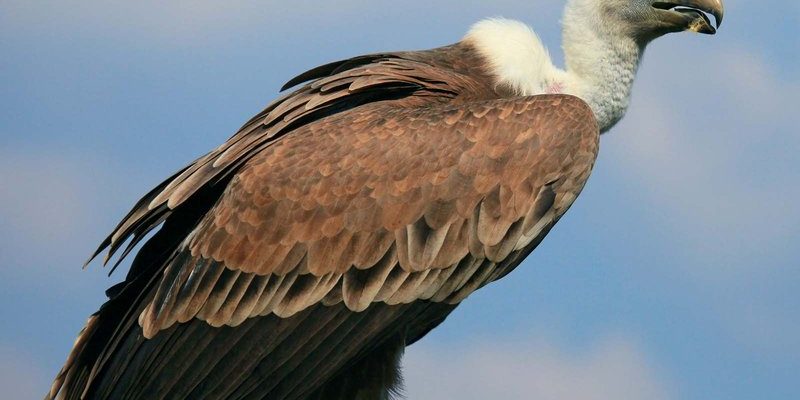
Vultures might not be the most glamorous birds—often viewed with a mix of awe and disgust—but they perform an essential function in our environment. Unfortunately, their populations are dwindling globally, making it crucial to look at why this is happening and what can be done to help them. Here’s the thing: if vultures disappear, we might not realize the far-reaching consequences until it’s too late. So, grab a cup of coffee, and let’s unravel this important conversation about vultures and conservation.
The Current Status of Vulture Species
You might be wondering just how many vulture species are at risk. Globally, around 15 species of vultures are recognized, and many of them are listed as endangered on the IUCN Red List. For instance, the California condor and the white-rumped vulture are two species that have seen their numbers plummet dramatically.
To give you a clearer picture, here’s a breakdown of some of the most notable threatened species:
- California Condor: Once on the brink of extinction, conservation efforts have helped numbers rise, but they remain critically endangered.
- White-rumped Vulture: This bird has experienced a staggering decline due to poisoning and habitat loss, with a population decrease of over 99% in South Asia.
- Bearded Vulture: While not as critically endangered, it still faces threats from habitat encroachment and poisoning.
Each of these vultures contributes uniquely to their ecosystems, from scavenging to nutrient cycling. Losing them means losing a piece of the ecological puzzle, affecting everything from soil health to disease control.
Threats Facing Vultures
So, what’s putting vultures in danger? It turns out, there are a few key culprits behind their decline. Understanding these threats is crucial if we want to help these fascinating birds.
One major issue is poisoning. In many areas, farmers use toxic substances to kill pests, and unfortunately, vultures often ingest these poisons when they feed on dead animals. It’s a bit like setting a trap without realizing who else might wander into it. The problem is compounded by habitat loss—urban development, agriculture, and deforestation are all encroaching on the natural environments vultures depend on.
Another significant threat is the decline of prey. With many large mammals disappearing due to hunting and habitat degradation, vultures find fewer food sources. Imagine going to your favorite restaurant only to find out they’ve run out of your favorite dish. Frustrating, right? Vultures face this daily, and it’s severely impacting their population.
Why Vultures Matter to Ecosystems
Before we dive into conservation efforts, it’s essential to understand why vultures are so crucial to our environments. Picture a world without vultures—a place scattered with the carcasses of dead animals. This not only looks unpleasant but also creates a breeding ground for diseases. Vultures help to clean up these remains, which in turn prevents the spread of pathogens that could harm other wildlife and even humans.
In fact, studies have shown that vultures can consume up to 1,000 pathogens in a single meal! That’s like having a health insurance policy for the environment. Without vultures, those pathogens would linger in the ecosystem, posing risks for other animals and even humans.
Additionally, vultures are indicators of ecosystem health. When their numbers decline, it serves as a red flag for other problems within the environment, like pollution or biodiversity loss. It’s a clear reminder that everything in nature is interconnected.
Efforts to Protect Vultures
Many organizations and governments are stepping up to save vultures—that’s the good news! Various conservation programs focus on protecting their habitats, reducing poison use, and educating communities about the importance of these birds.
One notable initiative is the Vulture Safe Zone projects, which help create areas where vultures can thrive without the threat of poison or habitat loss. These zones act like safe havens, allowing vultures to feed, breed, and live without fear.
Moreover, raising awareness is key. By educating people about the role vultures play, more individuals can get involved in conservation efforts. This includes everything from supporting wildlife protection laws to participating in vulture monitoring programs. When communities recognize the benefits of these magnificent birds, they’re more likely to advocate for their survival.
The Role of International Cooperation
Conservation isn’t just a local issue; it’s a global one. Vultures migrate across countries, so international cooperation is essential for their protection. Organizations like the BirdLife International and various governments have come together to establish International Vulture Conservation Plans.
These plans focus on:
- Cross-border habitat protection
- Mitigating the use of poisons
- Establishing breeding programs
For instance, in South Asia, countries have begun collaborating on vulture-safe zones to tackle the decline of species like the white-rumped vulture. These alliances not only help vultures but also foster a sense of community among neighboring nations.
What You Can Do to Help Vultures
Feeling inspired to take action? There are plenty of ways you can help vultures, even if you don’t live near them. Here are some simple actions you can take:
1. Spread the Word: Share what you learn about vultures with friends and family. The more people who understand their importance, the better.
2. Support Conservation Organizations: Consider donating to or volunteering with organizations dedicated to vulture conservation. Every little bit helps.
3. Reduce Chemical Use: If you have a garden or farm, explore organic methods for pest control. By avoiding harmful chemicals, you protect not just vultures but a whole host of wildlife.
4. Participate in Local Clean-Up Efforts: Many vultures rely on carrion for food, so reducing waste and cleaning up environments can help ensure they have access to food.
By engaging in these activities, you become a part of a community dedicated to protecting these incredible birds.
The plight of vultures is a pressing issue that reflects larger environmental challenges we face today. Understanding their importance in our ecosystems is just the first step toward ensuring their survival. With the right conservation efforts, international cooperation, and community engagement, we can help vultures thrive once again.
So, the next time you see a vulture gliding through the sky, take a moment to appreciate its role in nature. After all, these birds are more than just scavengers—they’re vital players in the environmental game. Together, let’s work to protect them for future generations to enjoy.

